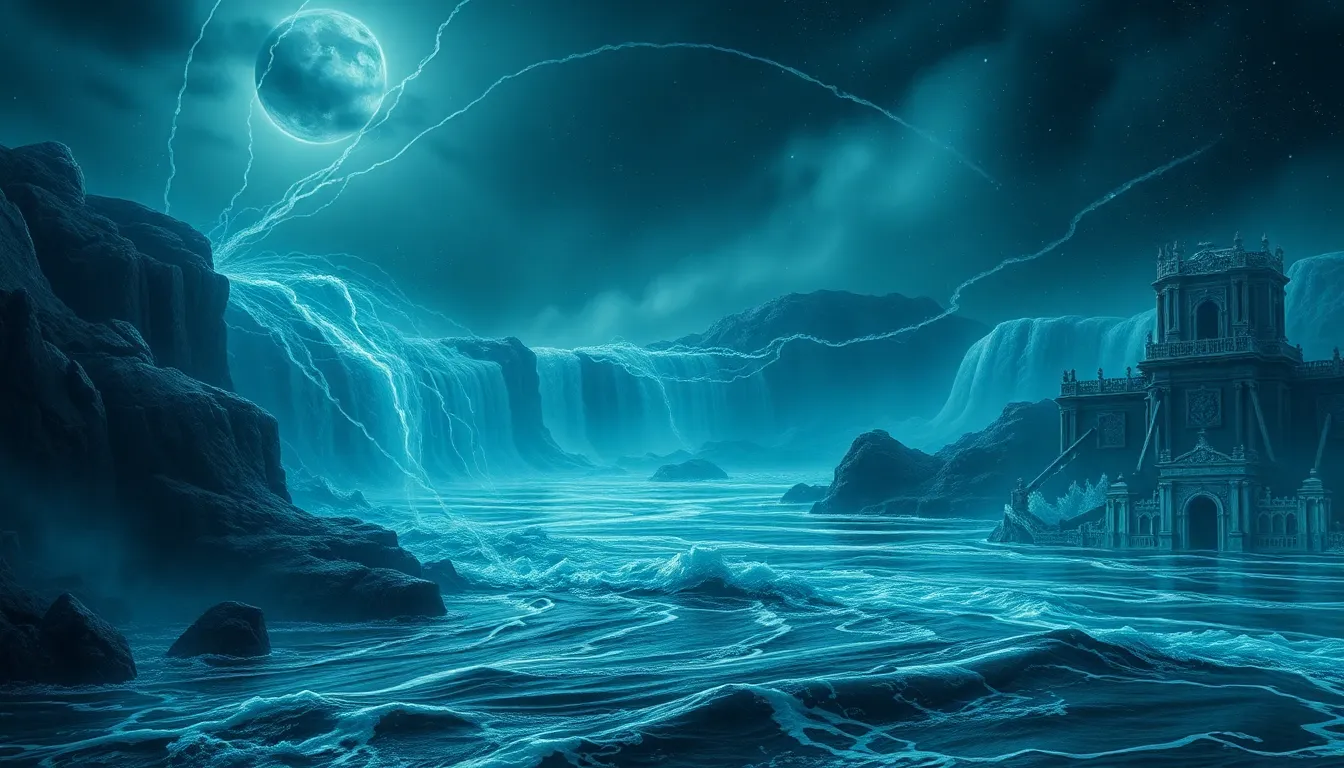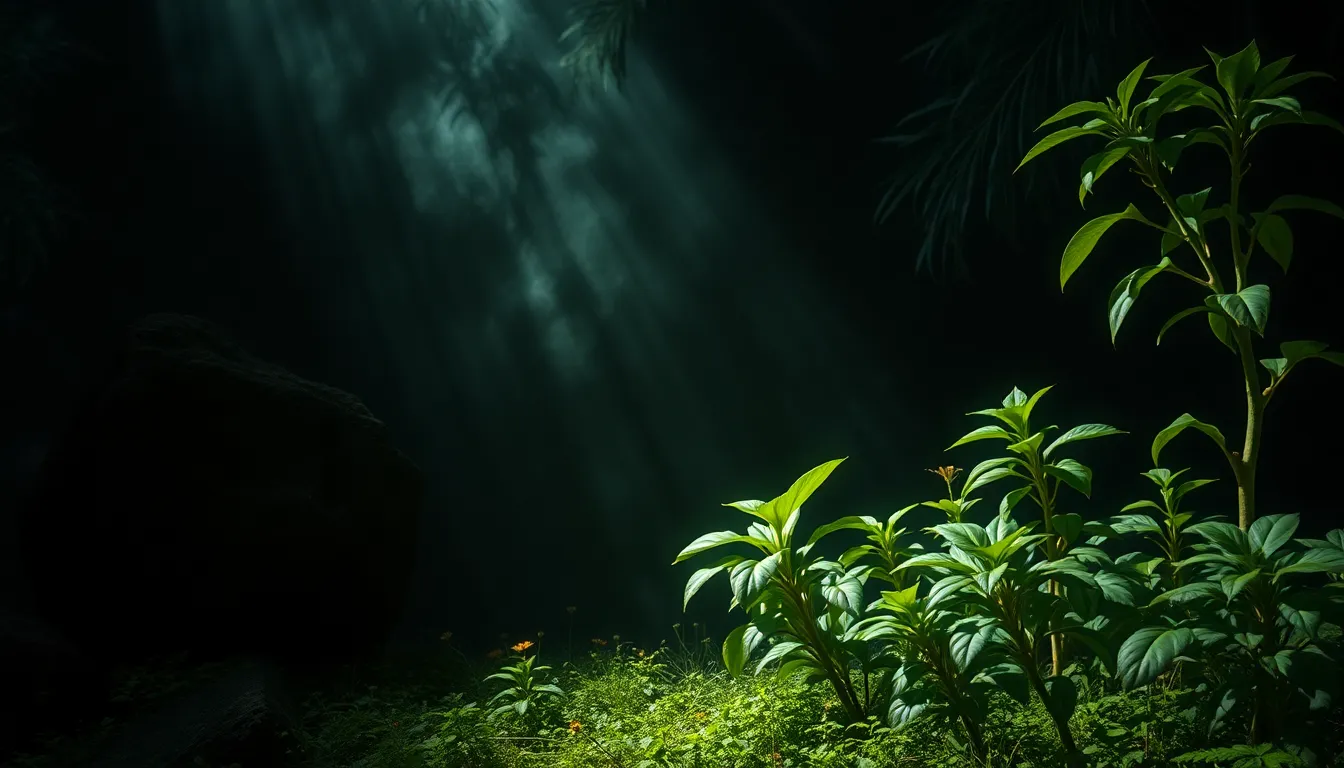Flood Myths That Shook the World: A Deep Dive into Ancient Stories
I. Introduction
Flood myths are narratives found in various cultures that describe a great flood sent by a deity or deities to destroy civilization, often as a form of divine retribution. These stories often feature a protagonist who survives the flood, typically through the construction of a large vessel or ark.
The significance of flood narratives across cultures lies not only in their storytelling but also in their reflection of the human experience with nature. They encapsulate themes of survival, morality, and the relationship between humanity and the divine.
This article aims to explore various flood myths from around the world, analyzing their common themes, historical contexts, and the lessons they impart. We will delve into specific narratives, including the Epic of Gilgamesh, the Biblical account of Noah’s Ark, and Hindu mythology, to uncover the universal truths embedded within these ancient stories.
II. The Universality of Flood Myths
Flood myths are remarkably universal, transcending geographical and cultural boundaries. They share common themes and motifs, such as:
- A divine warning or message
- The construction of a vessel to survive the flood
- The destruction of the old world and the birth of a new one
- Humanity’s relationship with nature and the gods
The psychological and cultural implications of these myths are profound. They often reflect humanity’s fears and respect for nature’s power, serving as cautionary tales about hubris and moral behavior. The flood can symbolize renewal, as the destruction of the old allows for the emergence of new life and values.
A comparative analysis of flood myths reveals both similarities and differences in how various civilizations interpret these themes. While the specifics may vary, the underlying messages about morality, survival, and divine judgment resonate across cultures.
III. The Epic of Gilgamesh: The Oldest Recorded Flood Myth
The Epic of Gilgamesh, originating from ancient Mesopotamia, is one of the oldest known works of literature. Within its narrative lies the story of a great flood, where Utnapishtim, a character chosen by the gods, receives a divine warning about an impending deluge.
Utnapishtim builds a large boat to save himself, his family, and pairs of every animal. After the flood, he sends out birds to find land, emphasizing humanity’s connection to nature and the hope of rebirth.
The moral lessons in the Epic of Gilgamesh highlight themes of friendship, the quest for immortality, and the acceptance of human limitations. The flood serves as a backdrop for these lessons, illustrating the consequences of human actions and the need for humility in the face of divine power.
IV. The Biblical Flood: Noah’s Ark
The Genesis account of Noah’s Ark is perhaps the most well-known flood myth in the Western world. According to the Bible, God decides to flood the Earth to cleanse it of humanity’s wickedness but spares Noah, a righteous man.
Noah constructs an ark, which becomes a symbol of salvation and hope. The story includes a covenant between God and Noah, promising never to destroy the Earth with a flood again, symbolized by the rainbow.
The impact of Noah’s story on Judeo-Christian traditions is immense, serving as a foundational narrative that teaches lessons about obedience, faith, and divine mercy. The ark itself symbolizes refuge and the possibility of new beginnings after devastation.
V. Hindu Mythology: Manu and the Great Flood
In Hindu mythology, the character of Manu plays a pivotal role in the story of the great flood. Manu, a king and sage, is warned by a fish incarnation of the god Vishnu about an impending flood that will destroy all life.
Vishnu instructs Manu to build a large boat, which he fills with seeds of all plants and animals. As the floodwaters rise, Manu and the creatures survive, underscoring the themes of preservation and the cyclical nature of life.
The environmental themes present in this narrative reflect the Hindu belief in the cycle of creation and destruction, emphasizing humanity’s responsibility to protect the natural world.
VI. The Mesopotamian Flood Stories: Ziusudra and Atrahasis
Two other significant flood narratives from Mesopotamian culture are those of Ziusudra and Atrahasis. Both stories share similarities with the Epic of Gilgamesh but also present unique elements.
Ziusudra is a figure who, like Utnapishtim, survives a divine flood and is granted immortality. Atrahasis, on the other hand, narrates a flood sent by the gods due to the overpopulation and noise of humanity.
Both narratives illustrate the complex relationship between gods and humans, showcasing divine judgment and mercy. The lessons learned emphasize the importance of balance in nature and the consequences of human actions on the environment.
VII. Indigenous Flood Myths: Lessons from Nature
Many Indigenous cultures also possess rich flood myths that reflect their deep connection to nature. For example, some Native American tribes tell stories of a great flood that cleansed the Earth, often involving animals that played crucial roles in survival.
These narratives highlight the connection between floods and environmental stewardship, teaching lessons about respecting nature and living in harmony with the Earth.
Animals in these stories often symbolize wisdom and guidance, reinforcing the idea that nature has much to teach humanity if we are willing to listen.
VIII. The Role of Flood Myths in Ancient Civilizations
Flood myths often reflect historical events, such as catastrophic flooding that ancient civilizations experienced. As such, they serve as cultural memory, preserving collective experiences and lessons learned.
The influence of geography and climate on myth formation is evident, as societies situated near rivers or coasts are more likely to have flood narratives. These myths shaped societal values, governance, and the understanding of humanity’s place in the world.
IX. Modern Interpretations and Relevance of Flood Myths
In recent years, there has been a resurgence of interest in ancient myths, including flood narratives. Contemporary literature and media often draw upon these stories, reinterpreting them for modern audiences.
The relevance of flood myths is particularly poignant in the context of climate change and natural disasters. As communities face rising sea levels and extreme weather, these ancient stories resonate, reminding us of humanity’s ongoing struggle with nature.
X. Conclusion
In summary, flood myths hold significant meaning in human history, encapsulating the complexities of our relationship with nature and the divine. These narratives endure, reflecting timeless truths about survival, morality, and the cyclical nature of existence.
As we explore these ancient stories, we are reminded of the importance of cultural narratives in shaping our understanding of the world. Flood myths invite us to appreciate the wisdom of our ancestors and to learn from the lessons they impart.



